Age classifications, historic status, and price differences are factors that differentiate classic, antique, and vintage cars.
Age classifications

Cars get different names based on how old they are. Antique cars are usually more than 45 years old. Cars that are between 20 and 40 years old are called classic cars. Vintage cars have an even narrower range from 1919 to 1930.
These age groups help people, like those at car shows or insurance companies, talk about the cars in a clear way.
Historic status

Antique cars hold a special place in history. They have reached a historic status because they are usually over 45 years old. These vehicles are considered collectible and timeless, representing an era gone by.
Many antique car owners take pride in showcasing their vehicles at car shows or going for pleasure drives to share the nostalgia with others. Insurance companies often classify these cars as historic vehicles due to their age and unique value.
The Antique Automobile Club of America is an organization that celebrates and supports antique automobiles, preserving their historical significance for future generations to appreciate.
Price differences
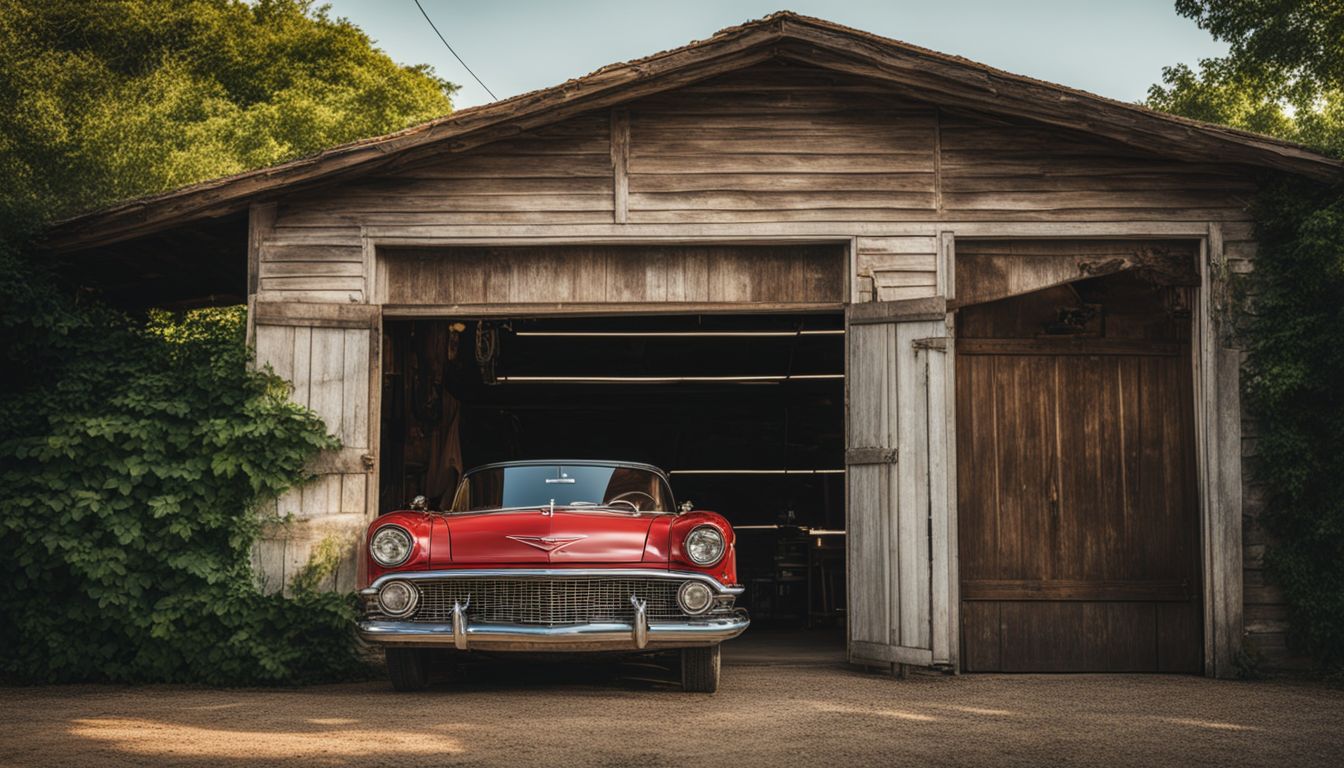
The price of a car can vary greatly depending on whether it’s considered a classic, antique, or vintage. Factors influencing price include age, rarity, condition, and the history of the vehicle.
| Car Type | Average Price Range |
|---|---|
| Classic Car | $15,000 – $100,000+ |
| Antique Car | $10,000 – $50,000+ |
| Vintage Car | $20,000 – $100,000+ |
Please note that these are average price ranges, as some vehicles may fetch much higher prices. For instance, a highly sought-after classic car like the 1964 Ford Mustang can command a higher price. Similarly, the price of a rare antique car can go up significantly if it’s in pristine condition. Vintage cars built between 1919 and 1930 are also quite valuable, especially if they have been well maintained or restored. Ultimately, the value of a car is determined by what someone is willing to pay for it.
Defining Antique Cars
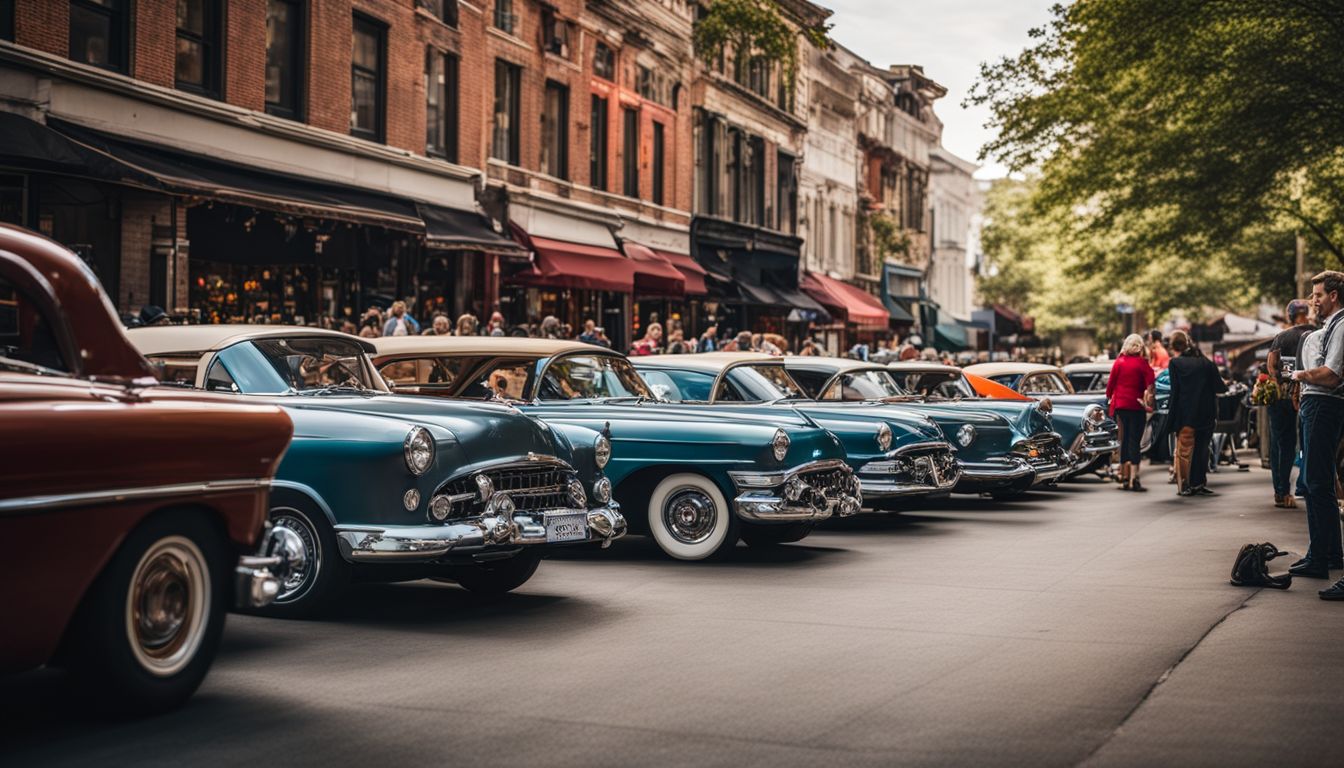
Antique cars are defined as vehicles that are at least 25 years old, with the primary purpose of being collected and preserved for historic or aesthetic reasons.
Definition and age requirements

Antique cars are vehicles that are at least 45 years old. They have a special status due to their age and historical significance. Classic cars, on the other hand, are typically between 20 and 40 years old, while vintage cars were built between 1919 and 1930.
Insurance companies often use these age classifications to determine the type of coverage needed for these types of vehicles. Knowing these definitions and age requirements can help car enthusiasts understand the different categories and appreciate the value of these timeless automobiles.
Usage and purpose
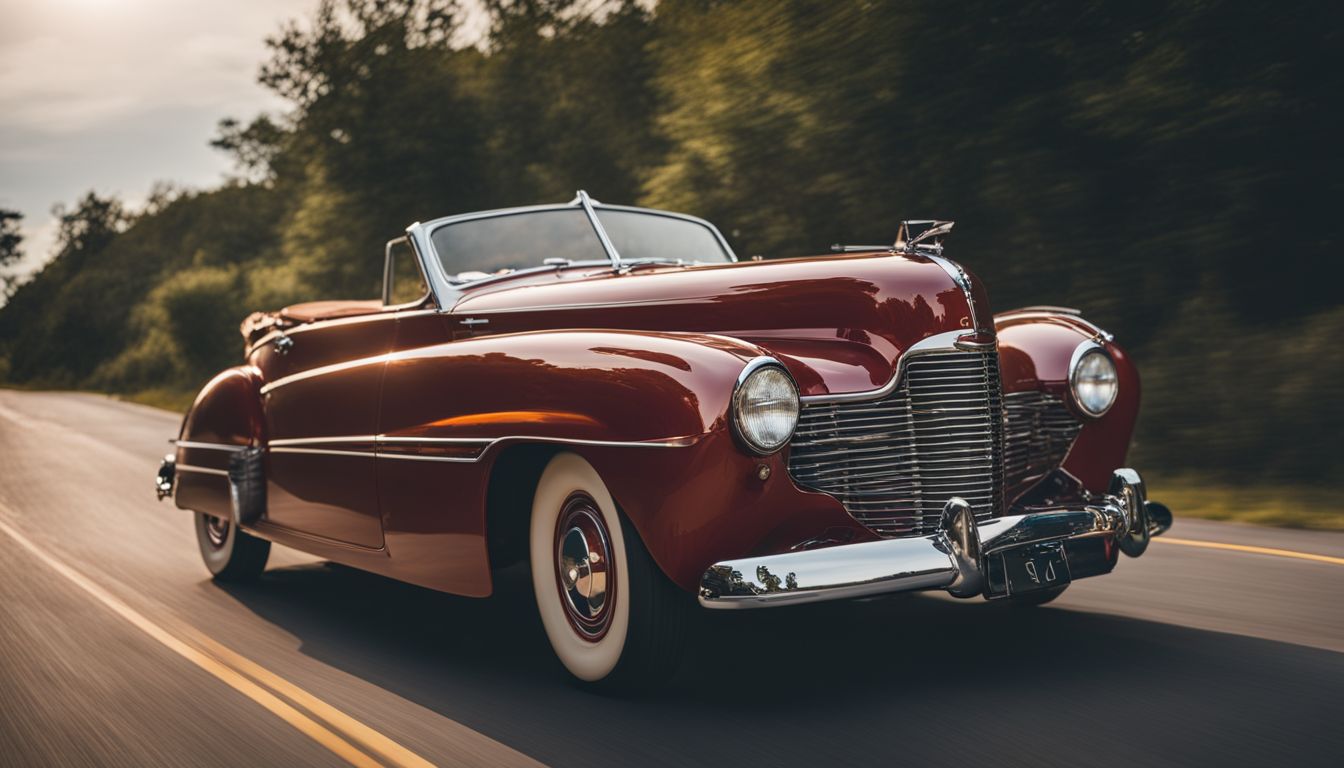
Antique cars serve a variety of purposes for car enthusiasts and collectors. Many antique car owners enjoy showcasing their vehicles at car shows or vintage automobile events, where they can share their passion with others and appreciate the history and craftsmanship of these timeless cars.
Some people also use antique cars for pleasure drives, taking them out on the road to experience the nostalgia and charm of an earlier era. Additionally, antique cars can be valuable investments, as their rarity and historic status often increases their monetary worth over time.
Classic cars also have various uses depending on the owner’s preferences. Some classic car owners enjoy participating in races or rallies specifically designed for these types of vehicles, allowing them to showcase their performance capabilities while competing against other like-minded individuals.
Classic cars are also often used as showpieces at events or exhibitions that celebrate automotive history and innovation. Furthermore, many classic car owners simply derive great joy from driving these special vehicles around town or embarking on scenic road trips.
When it comes to vintage cars, they are typically sought after by collectors who appreciate their unique design features and historical significance. Vintage automobile enthusiasts often restore these cars to their original condition or modify them slightly to maintain both authenticity and functionality.
These beautifully crafted retro vehicles give owners a chance to relive a specific era in automotive design while appreciating the engineering marvels that were prevalent during those years.
Defining Classic Cars
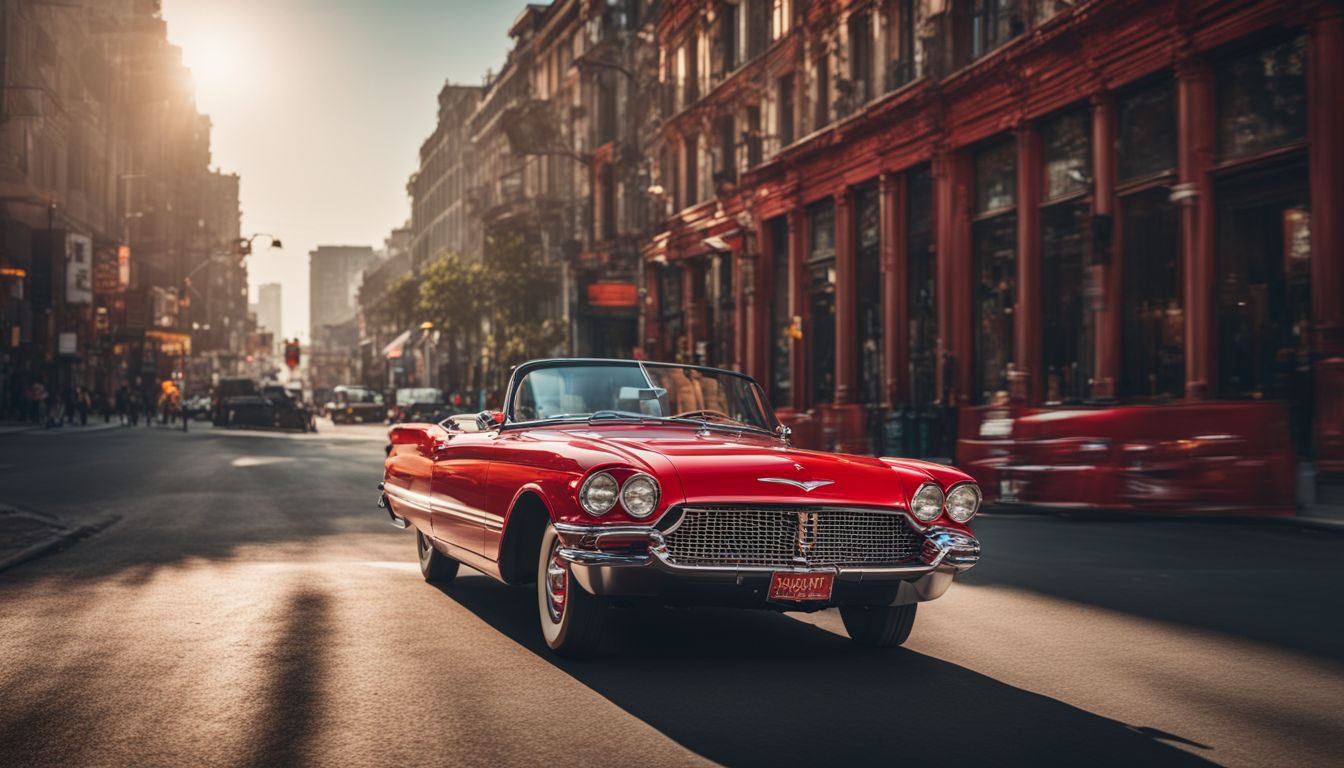
Classic cars are defined as vehicles that are at least 20 years old, have historical and cultural significance, and maintain their original design or have been restored to their original condition.
Requirements and age classification
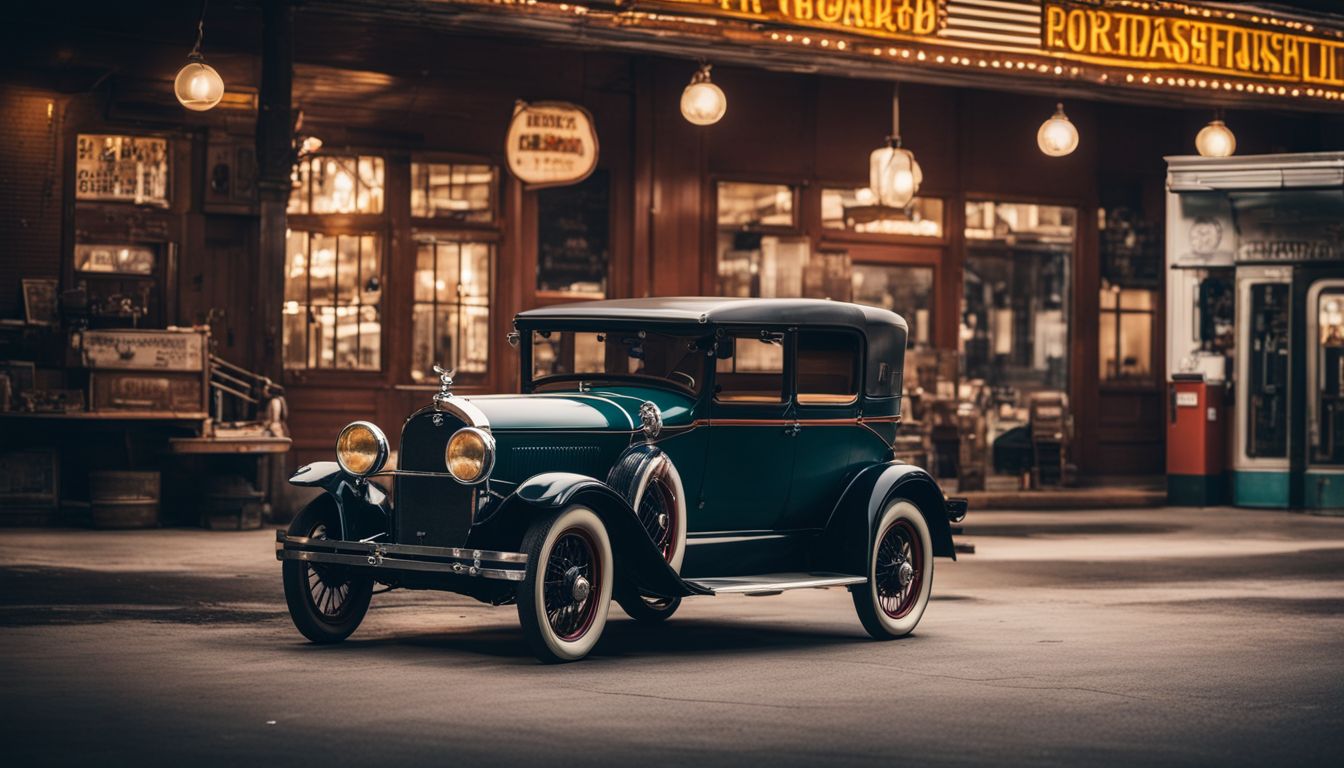
Antique cars are typically classified as vehicles that are over 45 years old. These oldtimers hold a special place in automotive history and are often sought after by collectors and enthusiasts.
On the other hand, classic cars, for insurance and registration purposes, fall within the age range of 20 to 40 years old. They evoke nostalgia with their timeless design and iconic status.
Vintage cars, on the other hand, were manufactured between 1919 and 1930. These traditional vehicles have distinct characteristics that set them apart from both antique and classic cars.
Common uses for classic cars

Classic cars have a variety of common uses that make them beloved by car enthusiasts. Many classic car owners enjoy showing off their vehicles at car shows and events, where they can share their passion with others.
Classic cars are also great for pleasure drives, allowing owners to experience the nostalgia and unique feeling of driving a vintage automobile. Additionally, some people use classic cars as investments, hoping that their value will increase over time.
Insurance and registration for classic cars may be different from regular vehicles due to their historic status and age classification.
Determining Vintage Cars

Vintage cars are typically defined as vehicles that are between 20 and 40 years old, showcasing unique characteristics from a specific era in automotive history.
Age range and characteristics
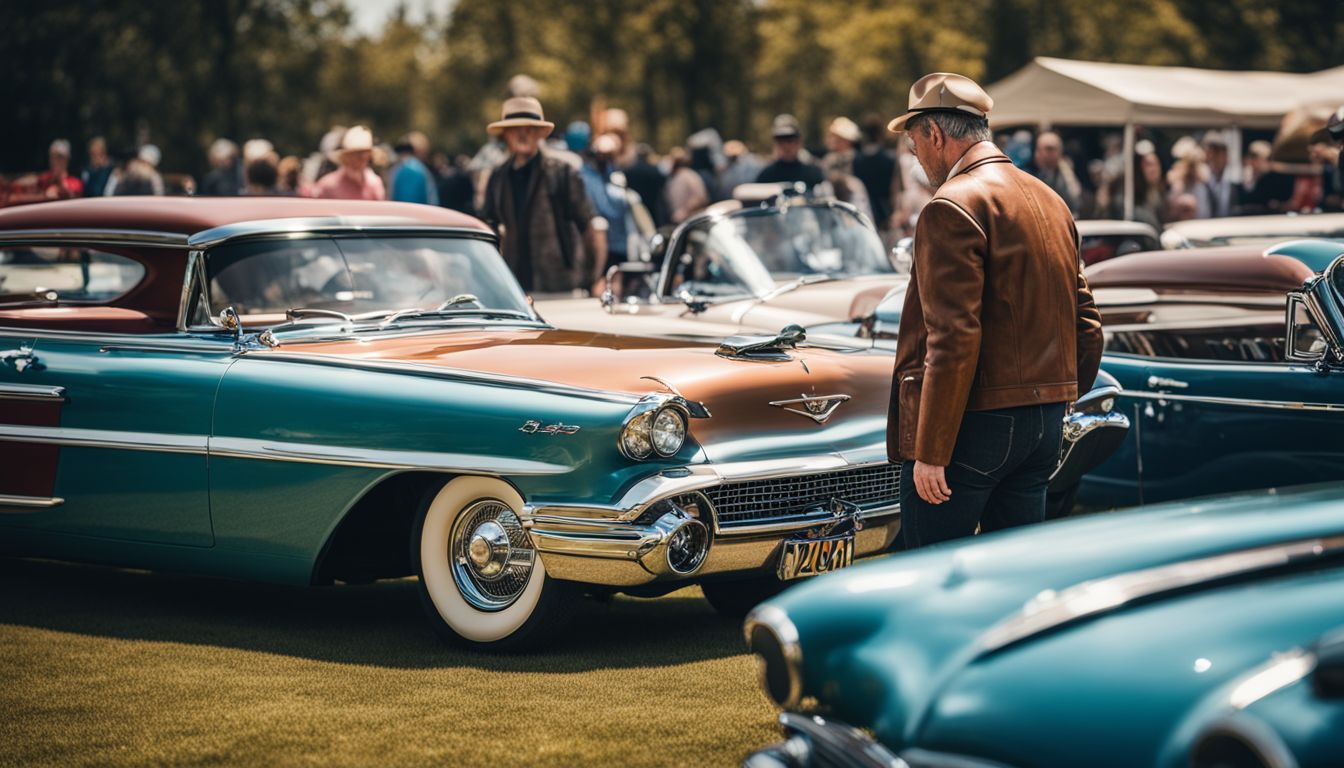
Vintage cars, on the other hand, were built between the years of 1919 and 1930. They have a distinct charm and appeal, with their classic design elements and craftsmanship. Classic cars fall within an age range of 20 to 40 years old for insurance and registration purposes.
These vehicles hold a special place in car enthusiasts’ hearts, as they represent a bygone era of automotive excellence.
Distinction from classic and antique cars

Vintage cars, classic cars, and antique cars each have their own unique characteristics and distinctions. When it comes to antique cars, they are typically more than 45 years old. On the other hand, classic cars fall within a range of 20 to 40 years old for insurance and registration purposes.
Vintage cars have a specific timeframe as well, being built between 1919 and 1930. It’s important to note that these classifications vary based on age and are often used by insurance companies to determine coverage.
So while vintage cars have their nostalgic charm and classic cars boast timeless appeal, antique vehicles stand out for their age and historical significance.
[Blog Output]:
When it comes to vintage, classic, and antique cars, there are distinct differences that set them apart from one another. Antique cars are defined as those that are over 45 years old, making them true relics of the past.
Classic car enthusiasts tend to gravitate towards vehicles that fall between the ages of 20 and 40 years old for insurance and registration purposes. Vintage cars hold their own special place in history as they were built between the years of 1919 through until 1930.
Each category has its own unique charms but antique vehicles truly stand out due to their remarkable age and historical importance.
Conclusion
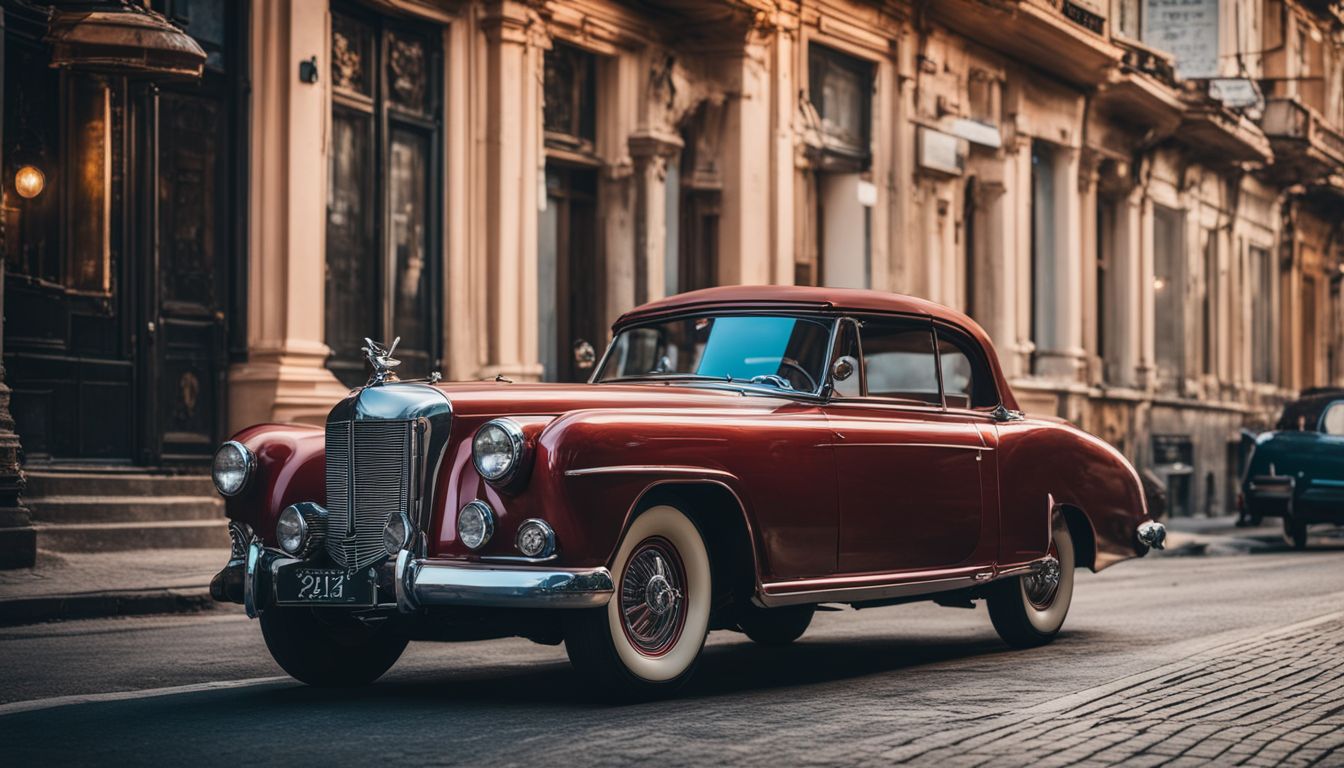
It’s important to understand these age classifications when discussing and categorizing different types of vehicles.
FAQs
1. What age does a car have to be to be considered antique?
A car is generally considered antique when it is 25 years old or older.
2. How can I determine the age of an antique car?
You can determine the age of an antique car by checking its manufacturing date, which can usually be found on the vehicle’s title or registration documents.
3. Are there any special requirements for owning and driving an antique car?
Owning and driving an antique car may require obtaining a special license plate, registering it as a historic vehicle, and following certain regulations specific to your state or country.
4. Can I still use an antique car as my daily transportation?
While it is possible to use an antique car as your daily transportation, it may not be practical due to factors such as limited safety features, higher maintenance costs, and potential difficulty in finding replacement parts.







